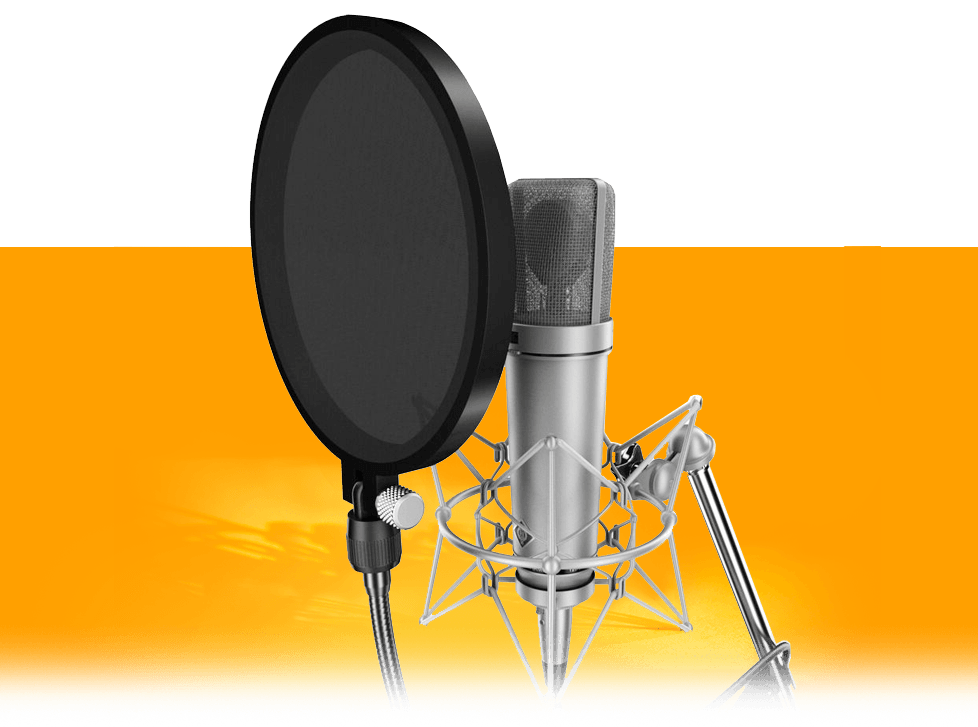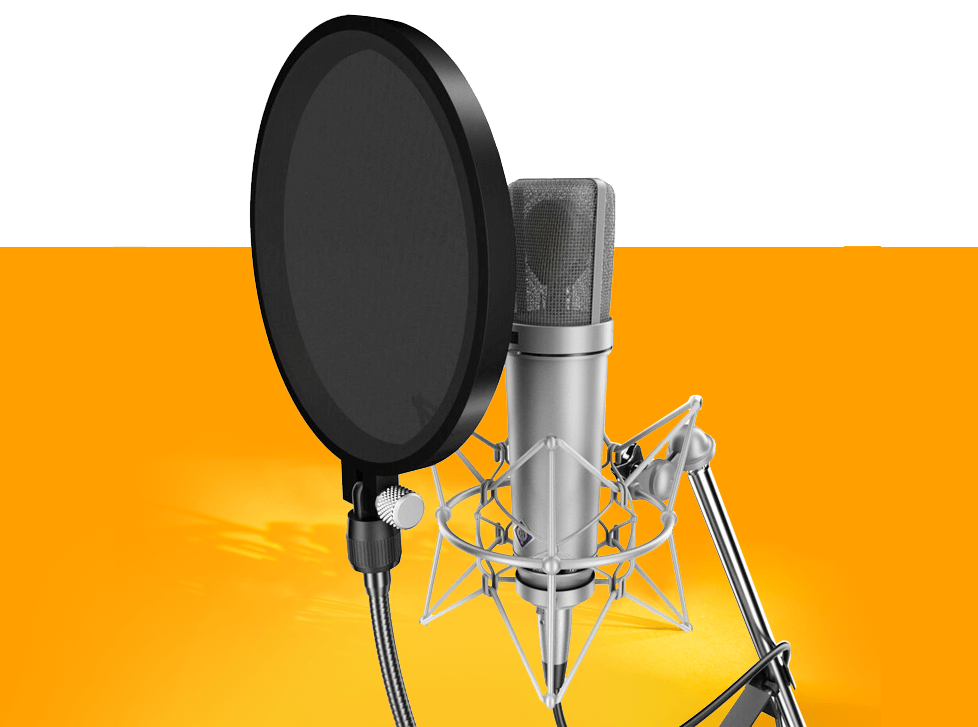What is a DAW?
Jeremy Alves | April 21, 2020
DAW stands for Digital Audio Workstation and is a type of software that you use for recording, mixing, editing, and processing digital audio. DAWs may come in a variety of forms ranging from a single software program on a laptop to a highly complex system of multiple components that is controlled by a central computer, but all DAWs have a central interface that allows the user to alter and mix multiple tracks into a polished final product.
What does a DAW do?
DAWs allow you to record and edit multiple audio files at once, adding effects to the tracks, pan tracks, and more!
Like in a mixing console, the DAW displays each track along with controls that allow the user to adjust the volume, equalization, and stereo balance (pan) of the sound on each track. This allows you to adjust each part of the song you are working on. You may adjust the volume of each track so you can hear each individually and then the whole song together as a whole. Once you are satisfied with the way your song sounds, you may export the completed mix!
DAWs also allow for the installation of countless plugins. Each one of these plugins has its own unique function, and therefore expands the overall variety of sounds and manipulations that are possible. Plugins can alter the sound of a track with distortion, resonators, equalizers, synthesizers, compressors, chorus, virtual amp, limiter, phaser, and flangers. Each has their own way of manipulating the soundwaves, tone, pitch, and speed of a sound and transforming it into something totally different. If you want to really get creative and make an even more unique sound, you can add multiple plugins in layers to further manipulate the sound!
What is the difference between a DAW and an Audio Editor?
There are two main types of recording software that you will use to produce music: DAWs and audio editors. While DAWs allow you to edit and mix multiple tracks at once, as mentioned above, audio editors only allow you to edit one track at a time. In an audio editor, you can edit the track, adjusting volume, splitting the track, and making other edits, but you may only do this to one file at a time. Once you are satisfied with how you have edited this track in your audio editor, you would import it to your DAW in order to mix it with the other tracks and create the final song.
There may be some crossover between the two, as some editors also have multi-track recording and most DAWs have some editing capability, but for the most part, this is the difference between the two.
How to choose the best DAW for you
There is a wide variety of DAWs available for you to choose from. Which one you choose will depend on a few things: your budget, your technical skills, and your needs. There are many DAWs out there, with both free and paid versions available, so shop around and see which one fits your needs the best!
A few examples of free DAWs are Reaper, Cakewalk, Audacity, and GarageBand. GarageBand is intuitive and easy to learn, but it is only available to Mac users. Audacity and Reaper are both available across multiple platforms, and are open-source, so although they have a more primitive interface, they offer a lot of potential for customization by each user. In terms of the DAWs used by audio professionals, Avid’s Pro Tools and Apple’s Logic Software dominate the marketplace.
Most DAWs offer free trials, so take advantage of these! Download the demos or trials and try a few out before making a final decision about which one is best for you.
Ready to Start?
OIART's Audio Program Includes:
✓ Small Class Sizes
✓ On Site Facilities
✓ Industry Leading Instructors
✓ Post Grad Support & Guidance
✓ Exclusive 11 Month Program
Top Reasons Why You Should Choose OIART.
Have Questions?
If you have questions about our audio engineering and music production program or would like to book a tour, we would be pleased to speak with you.
Text Us: 519.200.4151
Share This With a Fellow Music Lover
Apply in 3 Steps!
Step 1: Click Apply Now to start.
Step 2: Answer questions about yourself.
Step 3: Submit and check your email.
Share this with fellow music lovers


